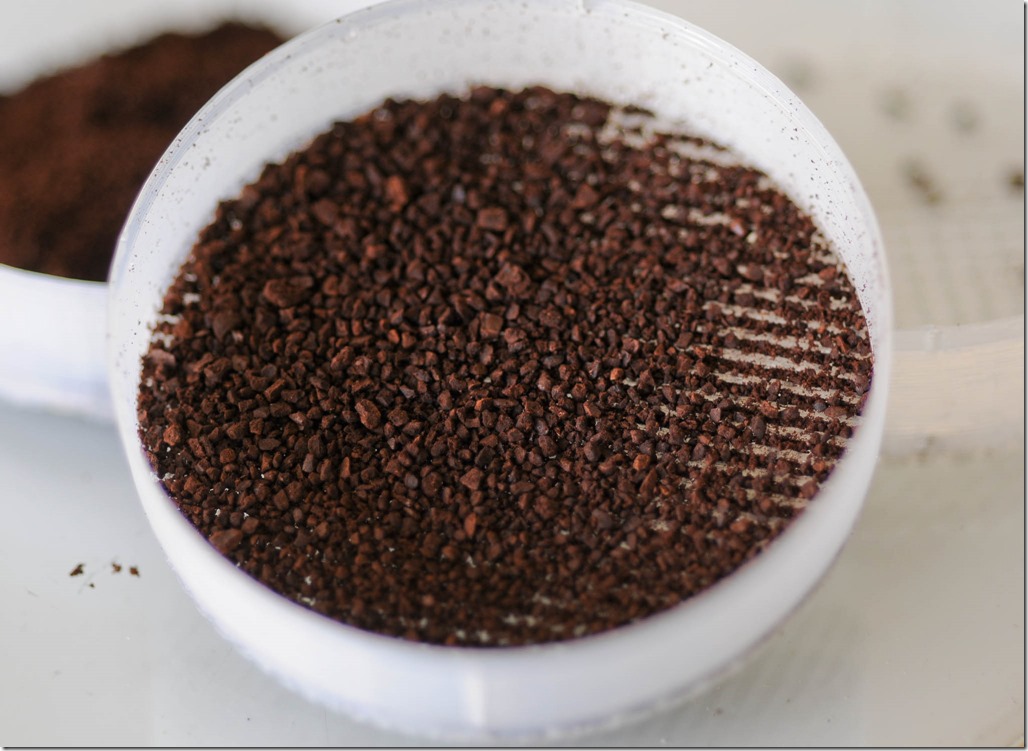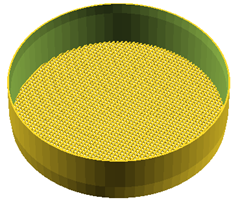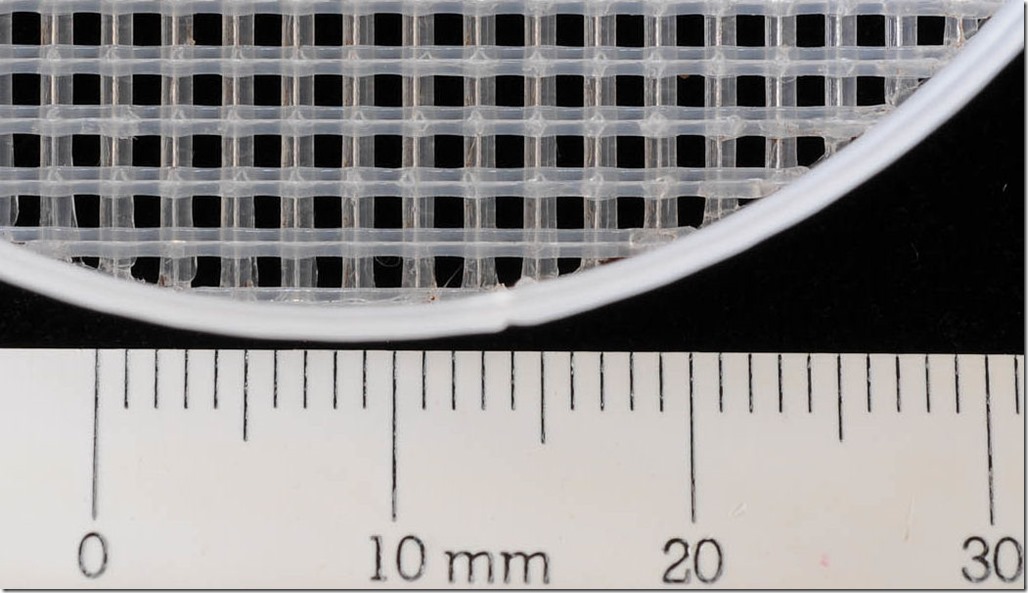Two weeks ago I acquired a 3D printer; specifically the Printrbot Simple Metal Kit and, after some warranty help, it’s printing well. The first thing I printed was the fan shroud for the 3D printer itself, as recommended by Printrbot, but the next things were for my own design. I printed a set of three sieves, to fulfill my long-time dream of quantifying the performance of coffee mills.
For those of you who read my coffee blog posts years ago, I was frustrated because nobody quantifies the grind performance. Vendors and coffee pundits are happy to talk about the merits of a conical burr grinder or fret about the cheap blade grinder you got from your lost year with Gevalia. Quantifying grinder performance should be pretty straightforward. Take a set of sieves and sort the grinds by size, the more consistent grinders will produce more grounds in a narrow range of sizes. Spoiler: I have only measured my whirling blade grinder so far, not my Capresso burr grinder or any of the commercial grinders.
The printed sieves are just cylinders with a printed mesh bottom. They don’t stack well, since I used too little taper. My finest one had holes so small that it plugged with the finest coffee dust, so there is more to do in the sieve design. Nevertheless, I started with the mesh from Thingiverse, and added 15 mm of wall height. When I get a version of these that stacks I’ll post the design to the Thingiverse too.
I arranged the sieves in a stack and shook. The sieves clogged almost immediately, so I took a small brush and worked the from the top layer down until I had good separation.
The results, in the following picture, show that almost no particles were larger than my largest mesh, less than half were larger than my medium mesh, and the rest were larger than my fine mesh.
So what are the mesh sizes? I took macro photos of the meshes and then measured them optically—you know, counted pixels. The composite photo below shows the basic idea, and below that is a zoomed-in version of the medium sieve.
The medium sieve is made from “threads”, where each “thread” is two passes with the extruder head. It should be possible to do a single extruder path, but I have not yet tuned the OpenSCAD file to get a consistent result.
| Mesh | Cell Diagonal | Coffee | Percent |
| Coarse | 2.5 mm | <0.1 g | 0% |
| Medium | 1.4 mm | 1.0 g | 28% |
| Fine | 0.48 mm | 2.6 g | 72% |
| fall through | <0.1 g | 0% |
Whether grind consistency can actually be identified by a taster in a blind test is an open, and wonderful, question. Happy brewing!





